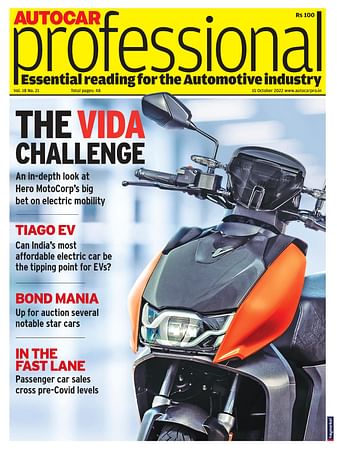Opinion: Why the next Range Rover faces the toughest challenge yet
Electrification provides new challenges that the next Range Rover will have to overcome.
Designing an icon gets ever tougher, especially if you’ve done a few before, as I strongly suspect Land Rover design boss Gerry McGovern would agree.
The next Range Rover faces many constraints that none of its predecessors ever did: an immediate example is that the battery needed for its hybrid powertrain can’t be allowed to limit cabin or boot space but must impact one or the other.
What’s more, battery weight will require the new Range Rover’s surrounding structure to be lighter than ever, making life harder for engineers tasked with delivering great NVH (noise, vibration and harshness) performance and great structural rigidity. And everything in the vehicle must function not just at the levels of the existing Range Rover, but much better. It’s what the market demands.
In styling terms, the sheer number of iterations already produced off David Bache’s simple, original 1970 two-door Range Rover must be complicating McGovern’s design thinking for the fifth version, quite different in weight, proportion and every important dimension from those originals. In short, while it’s a given that the next Range Rover will look graceful, serene, sophisticated and luxurious, it will also be an engineering tour de force.
RELATED ARTICLES
Autonomous vehicles and the road ahead
Cutting-edge technology is rapidly advancing in autonomous vehicles and the automotive world’s drive to achieving full a...
How 4D imaging radar sensors can be validated
Testing such radar sensors places high demands on the capabilities and bandwidth of the radar target simulator used.
What's the future of mobility, after Covid?
In a world that's dynamically changed with Covid-19, lifestyles, behaviour and transport choices will see a change in th...






 05 Jul 2018
05 Jul 2018
 7468 Views
7468 Views





 Autocar Pro News Desk
Autocar Pro News Desk




